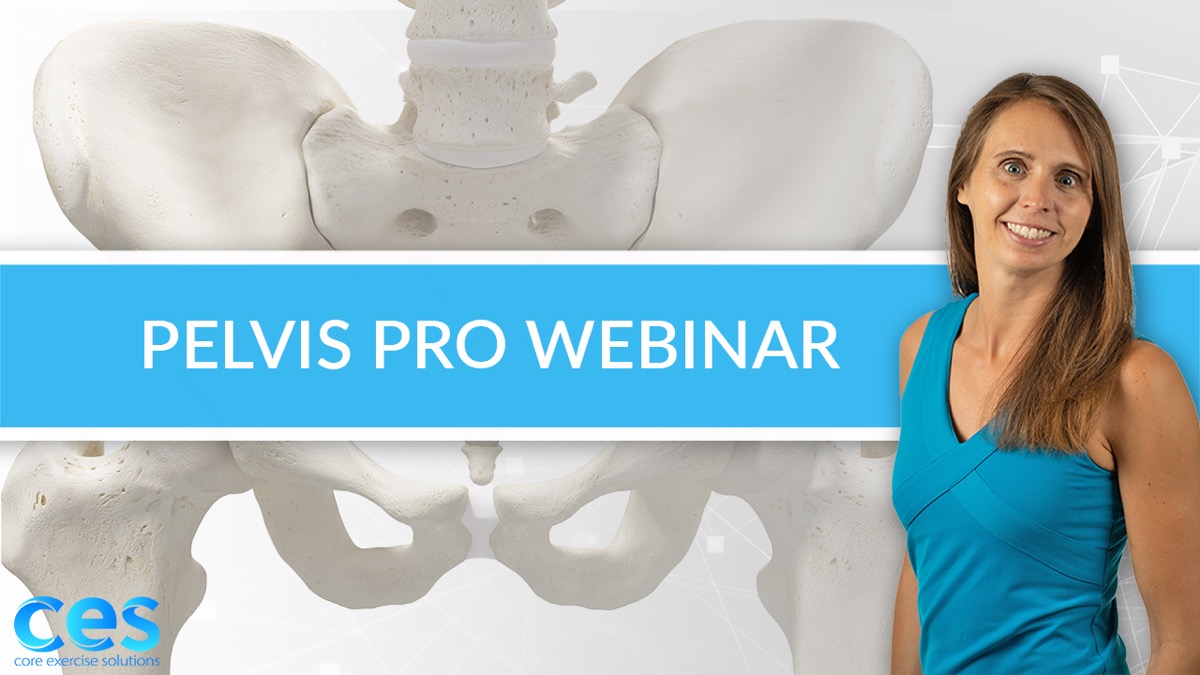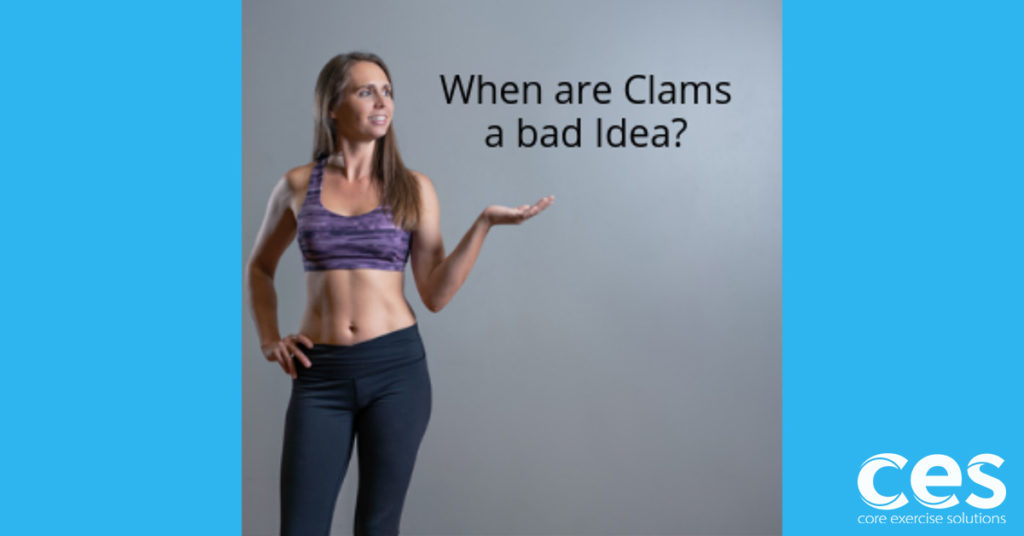Check out this brand new video where I go over 3 tips to improve your clams.
Yep, I said it. Clams can sometimes be a bad choice in a rehab program.
How do you know?
Have you been doing clams?
Are you all better?
No?
Then they might not be a good choice for you right now. Let’s dive in deeper.
(My friends tell me moving to the Northeast has made me more sarcastic. I just don't see it.)
So, why do we prescribe clams anyway? Usually, the reason is to strengthen the glutes (max and medius) and the hip external rotators. This is a good thing, we need strong hips! But, when an exercise isn't producing the desired result for strengthening, we need to take a step back and find a better fit.
Scenario #1: You are given clams but no one made sure you were doing them correctly
In this scenario, it’s not that the clams are bad per se, but they might be a bad choice due to form. If you’re doing them and your core is collapsing down to the floor and you feel it primarily in your hip flexor/ quad and possibly your back, then they are causing more harm than good as part of your program.
So, where do you feel the clams working? In your glutes? Perfect! Not in your glutes? Not good! Sounds like you might need a little extra instruction on proper execution to make them a good part of your rehab program.
Sometimes regular clams are just too hard. If that’s the case, start with something easy, like rotation work on your back. Get the pattern established and then roll over to your side.
Scenario #2: Deep hip rotators are already overworking
This is especially true with the people I see that have piriformis pain or pelvic floor tightness. If your glutes aren’t kicking in like they should, then those deep hip rotators will help compensate.
Can you do a kegel, isolating the contraction to just the primary pelvic floor muscles, without engaging your deep hip rotators? Or do you feel muscles on the outside of your sits bones wanting to kick in when you contract your pelvic floor? The latter could be a sign that your deep hip rotators are overworking.
Pain in your bottom is also a sign (especially that nagging pain when sitting). Instead of programming more deep hip rotator contractions- i.e. clams, I like to establish pure hip extension without any back compensation first, then take another look at clams. If the back compensates, it will be really difficult to get glute activation for clams. On that note, throwing in some adduction with hip extension can help calm down overactive external rotators (like the piriformis) and allow the glutes to work.
Scenario #3: If you only have passive hip extension
Make sure you have plenty of active - not passive - hip extension. It’s best to make sure you have some level of active controlled hip extension (a lot of people cheat to get hip extension), preferably at least 20 degrees. If you can’t extend your leg without your back kicking in to help with extension, then that’s priority #1.
Test - Can you lift a leg without arching your back? This can be an easy self test by using your fingers. When you arch your back your pelvis tips forward. This isn't hip extension- it's back extension. So, if you can lift your leg without pinching your fingers, you have successful hip extension.
Scenario #4: If you're stuck in external rotation
Finally, let’s talk about the opposing muscles to those clams. If you're stuck in external rotation, meaning you lack active internal rotation, then there is nowhere for the hip to rotate to on contraction. Clams will then just make your hip feel tighter and tighter. We must first reestablish active internal rotation prior to asking the external rotators to work. An easy way to do this is to have them lie facedown and hook a band across the body to the opposite leg. Move your foot out rotating the hip internally (foot going to the outside means hip rotates in) against resistance. This helps establish internal rotation. You can also achieve this in something like a lunge rotation which is closed chain and arguably more functional.
Clams are a great exercise, but not always a great fit for everyone all the time. As fitness and rehab professionals, we need to be mindful of what the person needs, which is not necessarily what gets touted as a good exercise.
Want to learn more about great exercise selection to help your clients and patients?
Check out the Pelvis Pro Course. It’s all about the “why” behind certain exercises and the most effective way to apply those exercises.
Free Pelvis Pro Webinar

We'll cover external rotator tightness, creating length in the piriformis, taking the pressure off labral tears, improving hip stability, decreasing hip flexor tension, and much more!
Join us today for this 45-minute Pelvis Pro Webinar, absolutely free.
We don't spam or give your information to any third parties. View our Terms of Use and Privacy Policy.


